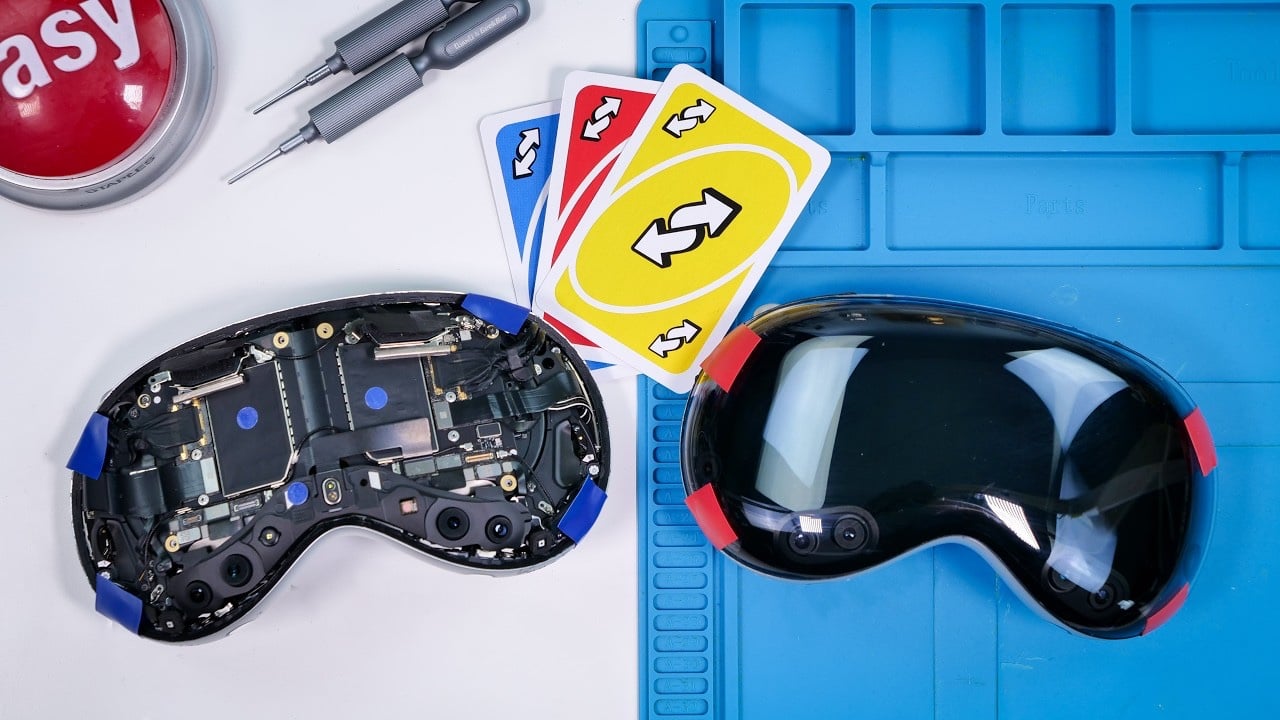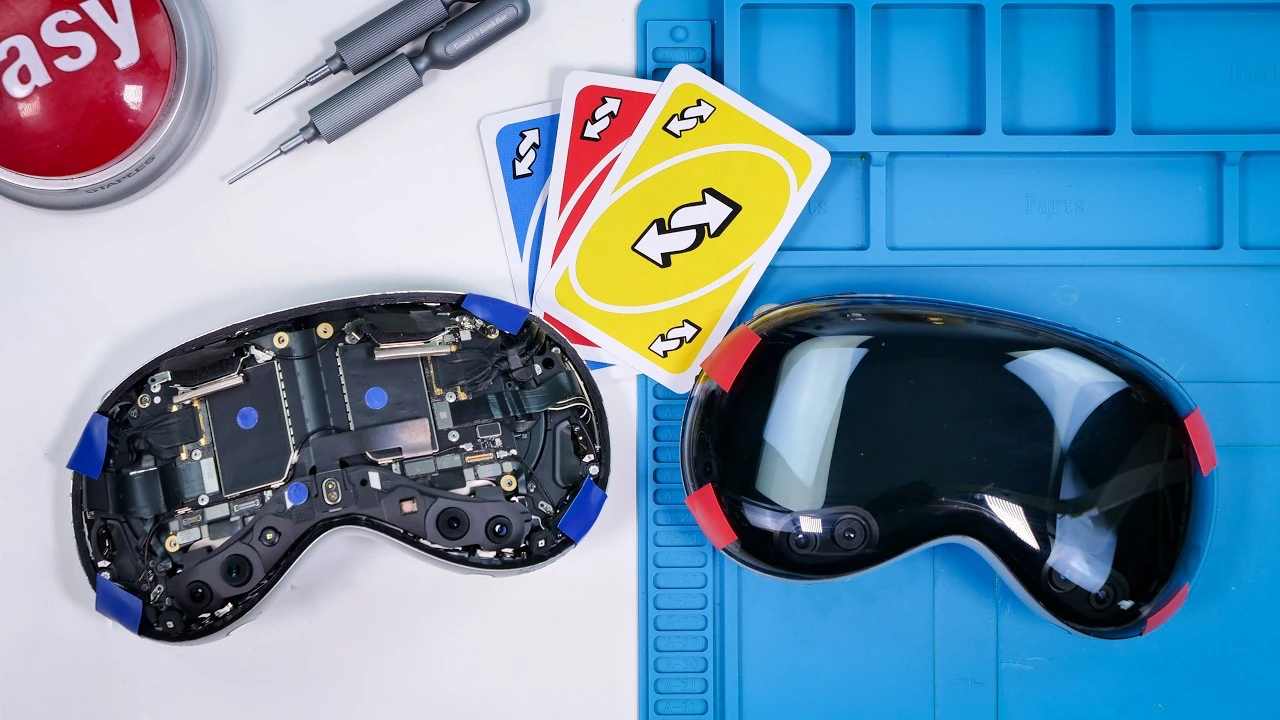[ad_1]
True wireless earbuds are flimsy, easily lost and prone to battery failure. Given their size and cost, companies would rather you throw them out when they succumb to the inevitable. Fairphone, however, has built a pair of buds with easily replaceable batteries, as well as a swappable cell in the charging case. And, look, if the engineers working at this tiny Dutch company can work this out, then the army of designers in Apple and Samsung’s steel-and-glass cathedrals have no excuse.
Fairbuds are a pair of true wireless earbuds that look like Samsung’s Galaxy Buds, with the outermost surface on both sides being a controller. Fairphone promises six hours of battery life on a charge with an extra 20 hours nestled inside the case. The buds are packing the usual feature list, including ANC, multipoint connectivity as well as an IP54 rating for sweat and water resistance. As usual, the company wants to make the argument (on paper, at least) that just because the devil has the best toys, you can still have fun while wearing a halo.
Fairbuds are the company’s second crack at the true wireless whip after its 2021’s obviously named True Wireless Stereo Earbuds. Those were made with fairtrade gold and 30 percent recycled plastic, but were still more a part of the problem than the solution. At the time, I gave the company grief for launching a product so at odds with its environmental goals. In retrospect, the crap name should have been a clue that these were a stopgap. Since then, the TWS were dumped off, and the company released Fairbuds XL, a pair of over-ear cans that I rather liked.
Fairphone says that the Fairbuds here are made with 70 percent recycled and fair materials, while 100 percent of the rare earth elements and tin are recycled. The company also claims to offer improved pay for factory workers compared to rival manufacturers and works with suppliers to improve working conditions for the people on the production line.
I don’t think it’s unfair to say Fairphone prioritizes repairability over look and feel, so these won’t take a podium at the Beautiful Gadget Awards. I had a pair of AirPods Pro on my desk and, sat beside the Fairbuds, the difference between the two is almost comical. Fairbuds’ case is about twice the size and, while the corners are rounded off, it’s still going to be an unwelcome presence in your jeans pocket. It’s not as if there’s acres of wasted space in the case but it’s a product that the armchair designer in me keeps wanting to slim down.
There are other irritations, like the fact the action button is on top of the charging tray but the status light is on the side by the USB-C port. That’s not a deal breaker but you hope these fit and finish issues are the focus for any future version two. But the point of these irritations is that elegance has been sacrificed on the altar of repairability, and that’s why you’d buy a pair.
I probably need to make clear, for the people who will point to the iFixit guides showing you how to swap the battery in an AirPod and a Galaxy Bud that it is possible to do so. But if the guides ask you to use a heat gun, scalpel, vice, pry bar and glue-dissolving solvent, then that’s not an easy job just anyone can do. When I say that you can swap out the battery on each Fairbud with the same level of ease as you could a ‘90s cell phone battery, I mean it.
In fact, my first attempt took all of 30 seconds since all you need to do is get a small, flat-headed screwdriver to slide off the rubber gasket. Once done, you just need to gently pry out the hinged holder and the battery will slide out easily. Swap in a new cell, slide the rubber gasket back in place (if you’re gentle, it mostly plops back into position without any fussing) and you’re done.
Similarly, the charging case has a replaceable battery held in place with a single philips head screw. A few twists and the charging plate pops out, revealing the 500mAh cell underneath, with users able to buy replacement outer shells, charging trays and case batteries. You can also buy eartips, earbuds and earbud batteries from Fairphone’s online parts store.
It’s likely you’d only want or need to swap the batteries once every three or four years so you won’t benefit from this flexibility on a daily basis. Reading lots of online chatter, a rule of thumb is that most TWS buds last for between two and three years before things start to go wrong. Fairphone, too, offers a three-year warranty on the buds, but I’d hope to see a well-used pair of Fairbuds lasting for twice as long, assuming you don’t lose them in a sewer or leave them in the back of a cab.
Sadly, I can’t be as praiseworthy for the Fairbuds’ sound quality which isn’t as strong as you may hope. They’re not bad by any means, but the default sound profile lacks a dynamism you hear in competitors. It doesn’t matter if you’re playing a lush orchestral piece by Jerry Goldsmith or something beefier, like Korn, you’ll feel the sound is rougher and flatter than other products. It’s like the top and bottom ends of the sounds are being sliced off to keep everything from getting too out of hand.
There are sound profiles in the Fairbuds app that I found similarly lackluster with users able to opt between standard tuning, Bass Boost or Flat. None of them feel distinct. There’s also a Studio option where you can adjust the tuning along eight specific frequency bands. It’s here that you can really improve the sound quality but it’s more time and effort than I’d be happy putting in on a regular basis.
At least the fundamentals are all pretty good: I’ve been testing these for a big chunk of the last five days and I’ve not felt the need to recharge the case battery at all. Even with ANC on, I think I’ve squeezed at least 20 hours out of these things and I’ve still got juice left in the tank. And the ANC itself offers the same background muffling you’ll hear in every other mid-range ANC earbud.
One of the mantras Fairphone has always repeated is that it doesn’t expect to build a phone that will topple the big manufacturers. Its products are designed to appeal to folks who want something a little more ethically made, and to act as a north star for the technology industry more broadly. There are plenty of engineering questions — around durability, bulkiness and ease of use — that linger. But Fairphone’s impact here should be to lay down a challenge to its bigger rivals to use their vast resources to build an earbud that isn’t condemned to live in the trash from the moment it was born.
Fairbuds are making their debut in Europe today from Fairphone as well as a variety of retail partners across the territory. They are priced at €149 and while there’s no word on the matter now, it’s likely that we’ll see them making their way to the US at some point in the future.
[ad_2]
Source Article Link


